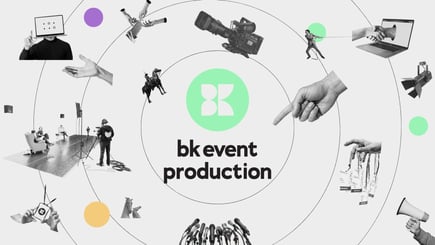Lorem ipsum dolor sit amet, consectetur adipiscing elit. Sed vitae diam metus. Donec cursus magna eget sem convallis facilisis. Vestibulum dictum nibh at ullamcorper tincidunt. Phasellus scelerisque nisl non ullamcorper pellentesque. Nunc sagittis, felis in feugiat mollis, libero eros consectetur elit non cursus lacus nisl at dolor.
WHAT'S ABOUT EVENT / whats going on there come and learn
Praesent ac sem in neque venenatis tristique. Morbi et ligula velit. Nullam a augue vel mi porta vestibulum non ac elit. Vivamus convallis tortor et fermentum semper. In hac habitasse platea dictumst. Curabitur eget dui id metus pulvinar suscipit. Quisque vitae ligula laoreet, scelerisque leo quis, facilisis metus. Sed pellentesque, urna sed varius consectetur, eros augue fringilla magna, id sem magna vel diam. Nulla sed hendrerit nunc.
DONATION / meet with greaters
Praesent ac sem in neque venenatis tristique. Morbi et ligula velit. Nullam a augue vel mi porta vestibulum non ac elit. Vivamus convallis tortor et fermentum semper
EVENT PROGRAMME
-
Morning schedule
(08:00hrs - 12:00hrs CEST) (02:00hrs - 06:00hrs EDT) (17:00hrs - 21:00hrs AEST)
-
Afternoon schedule
(12:00hrs - 16:00hrs CEST) (06:00hrs - 10:00hrs EDT) (21:00hrs - 01:00hrs AEST)
-
Early evening schedule
(16:00hrs - 20:00hrs CEST) (10:00hrs - 14:00hrs EDT) (01:00hrs - 05:00hrs AEST)
-
Late evening schedule
(20:00hrs - 00:00hrs CEST) (14:00hrs - 18:00hrs EDT) (05:00hrs - 09:00hrs AEST)
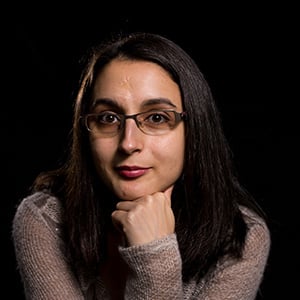
Lorem ipsum dolor sit amet, consectetur adipiscing elit. Sed vitae diam metus. Donec cursus magna eget sem convallis facilisis. Vestibulum dictum nibh at ullamcorper tincidunt. Phasellus scelerisque nisl non ullamcorper pellentesque. Nunc sagittis, felis in feugiat mollis, libero eros consectetur elit non cursus lacus nisl at dolor.
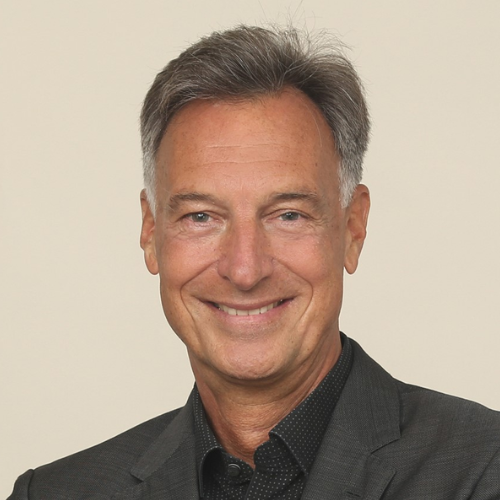
Lorem ipsum dolor sit amet, consectetur adipiscing elit. Sed vitae diam metus. Donec cursus magna eget sem convallis facilisis. Vestibulum dictum nibh at ullamcorper tincidunt. Phasellus scelerisque nisl non ullamcorper pellentesque. Nunc sagittis, felis in feugiat mollis, libero eros consectetur elit non cursus lacus nisl at dolor.
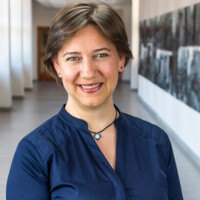
Use of metaphors in schema therapy offers promising outcomes for clients. In this presentation, I will discuss how chairwork-more specifically role reversal-can be used to better understand where metaphors stand for clients and label relevant modes.
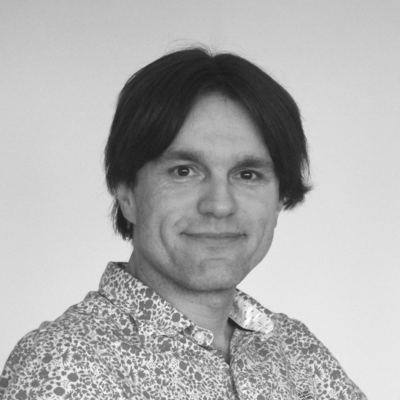
Lorem ipsum dolor sit amet, consectetur adipiscing elit. Sed vitae diam metus. Donec cursus magna eget sem convallis facilisis. Vestibulum dictum nibh at ullamcorper tincidunt. Phasellus scelerisque nisl non ullamcorper pellentesque. Nunc sagittis, felis in feugiat mollis, libero eros consectetur elit non cursus lacus nisl at dolor.
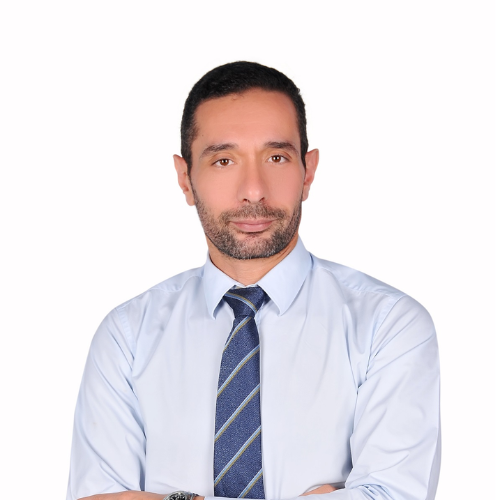
Lorem ipsum dolor sit amet, consectetur adipiscing elit. Sed vitae diam metus. Donec cursus magna eget sem convallis facilisis. Vestibulum dictum nibh at ullamcorper tincidunt. Phasellus scelerisque nisl non ullamcorper pellentesque. Nunc sagittis, felis in feugiat mollis, libero eros consectetur elit non cursus lacus nisl at dolor.
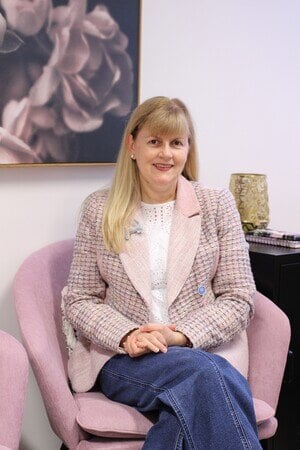
This session will look at how to use schema therapy in creative ways to better engaged clients, especially those that find it difficult to express themselves verbally. The talk will mainly focus on the combining of schema therapy with modalities such as EMDR or sand tray work.
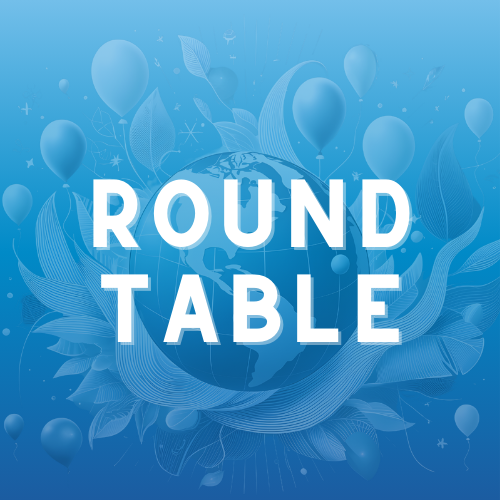
Discussion of how schema therapy has been adapted across different countries and cultures.

Discussion of how schema therapeutic methods can be utilized when working to helping ”experts” in high-demanding fields (e.g. athletes, artists, pilots, CEOs). What is good to take into account and which factors are important.

Schema Therapy, when applied to Japanese (and potentially other Asian) clients, often requires cultural adaptation. Japanese clients frequently exhibit strong reluctance to confront parental figures, even in imaginary exercises. Their Healthy Adult mode may partially merge with their Parent mode, necessitating a more nuanced approach. This presentation explores careful and gradual strategies for addressing the Parent mode in Japanese clients, with a particular focus on implementing culturally sensitive experiential techniques.
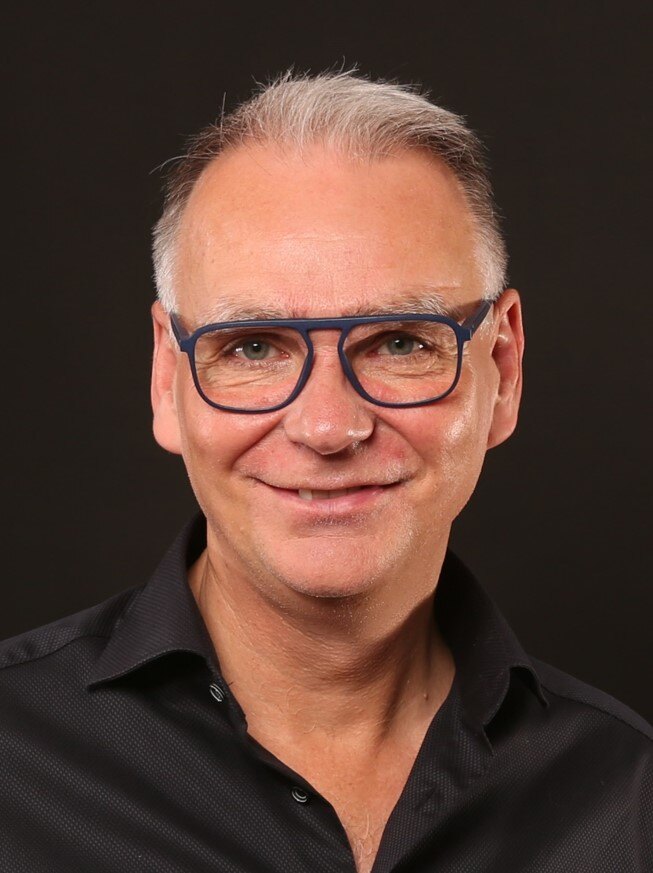
Lorem ipsum dolor sit amet, consectetur adipiscing elit. Sed vitae diam metus. Donec cursus magna eget sem convallis facilisis. Vestibulum dictum nibh at ullamcorper tincidunt. Phasellus scelerisque nisl non ullamcorper pellentesque. Nunc sagittis, felis in feugiat mollis, libero eros consectetur elit non cursus lacus nisl at dolor.
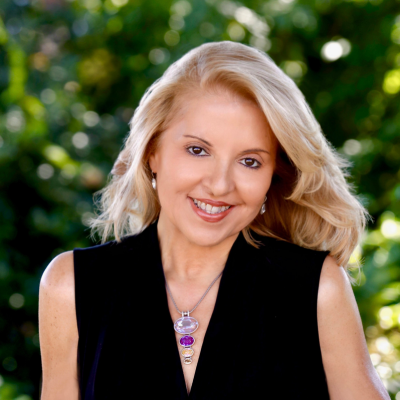
Schema therapy is an innovative, integrative therapeutic approach, developed (by Dr. Jeffrey Young) as an expansion of traditional cognitive-behavioral treatments. The schema approach draws from cognitive-behavioral therapy, attachment theory, psychodynamic concepts, and emotion-focused therapies, emphasizing lifelong patterns, meeting early (unmet) emotional needs, affective change techniques, and the therapy relationship – with special emphasis on imagery rescripting and empathic confrontation. Schema therapy is particularly well-suited for difficult, resistant clients with entrenched, chronic psychological disorders, including personality disorders, eating disorders, intractable relationship problems, and unremitting emotional problems. It is also effective for relapse prevention in depression, anxiety, and process/substance addictions. Evidence has shown that clients who spend years gaining valuable insight with other treatments, but who are frustrated by their lack of progress, often respond well to the active, systematic, flexible, and depth-oriented schema approach. This seminar will include a combination of teaching methods, including lecture, demonstration, question-and-answer periods, and the discussion of the obstacles we face in the treatment room, including therapist's own schemas.

Lorem ipsum dolor sit amet, consectetur adipiscing elit. Sed vitae diam metus. Donec cursus magna eget sem convallis facilisis. Vestibulum dictum nibh at ullamcorper tincidunt. Phasellus scelerisque nisl non ullamcorper pellentesque. Nunc sagittis, felis in feugiat mollis, libero eros consectetur elit non cursus lacus nisl at dolor.
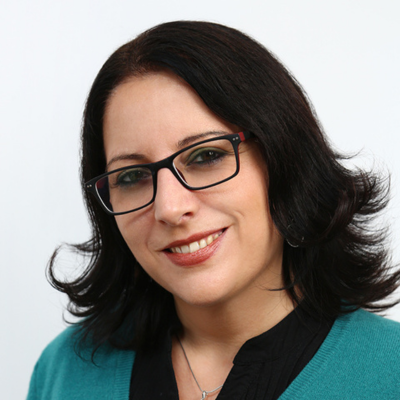
We all know that Schema therapy works with developmental trauma, and we all know how effective that work is. But, what about traumas that happen later in life? What about societal and collective trauma? In this brief presentation, we will share “success stories” and challenges we have encountered in adapting Schema therapy to work with collective trauma such as wars, social injustice, political unrests, school shootings, pandemic or natural disasters. By doing so, we hope to further promote Schema therapy as an effective treatment for collective traumas and spark a collaborative effort to develop a "Collective Trauma-Informed Schema Therapy" approach.

Lorem ipsum dolor sit amet, consectetur adipiscing elit. Sed vitae diam metus. Donec cursus magna eget sem convallis facilisis. Vestibulum dictum nibh at ullamcorper tincidunt. Phasellus scelerisque nisl non ullamcorper pellentesque. Nunc sagittis, felis in feugiat mollis, libero eros consectetur elit non cursus lacus nisl at dolor.
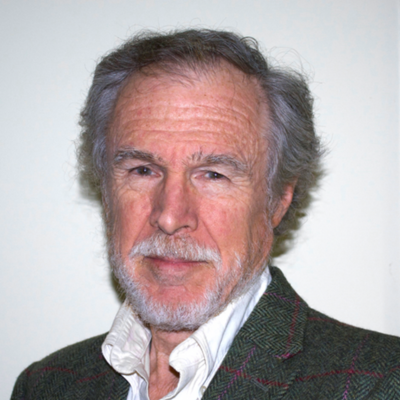
Dr. Lockwood will expand upon his initial introduction of the model through his recent ISST Webinar with David Edwards through providing additional case examples further clarifying each of the 7 dimensions. He will also provide a brief outline of the empirical and theoretical foundation of the model and demonstrate how it integrates the central findings of decades of attachment theory and research into the Schema Therapy model. The ways it increases therapeutic leverage will be outlined. He will also provide an overview of how the soon the be launched online schema therapy platform (eSchemaTherapy) will allow for a more thorough, systematic and efficient assessment of these and all the other Schema Therapy based patterns central to effective treatment.

Lorem ipsum dolor sit amet, consectetur adipiscing elit. Sed vitae diam metus. Donec cursus magna eget sem convallis facilisis. Vestibulum dictum nibh at ullamcorper tincidunt. Phasellus scelerisque nisl non ullamcorper pellentesque. Nunc sagittis, felis in feugiat mollis, libero eros consectetur elit non cursus lacus nisl at dolor.
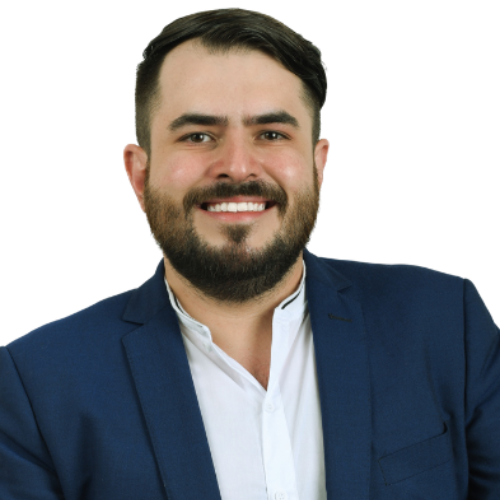
The main goal is to address some key strategies for working with families, patients, and therapists who have tendencies toward self-sacrifice and subjugation. The focus will be on the importance of connecting with emotions and using our anger constructively as a way to set healthy boundaries.
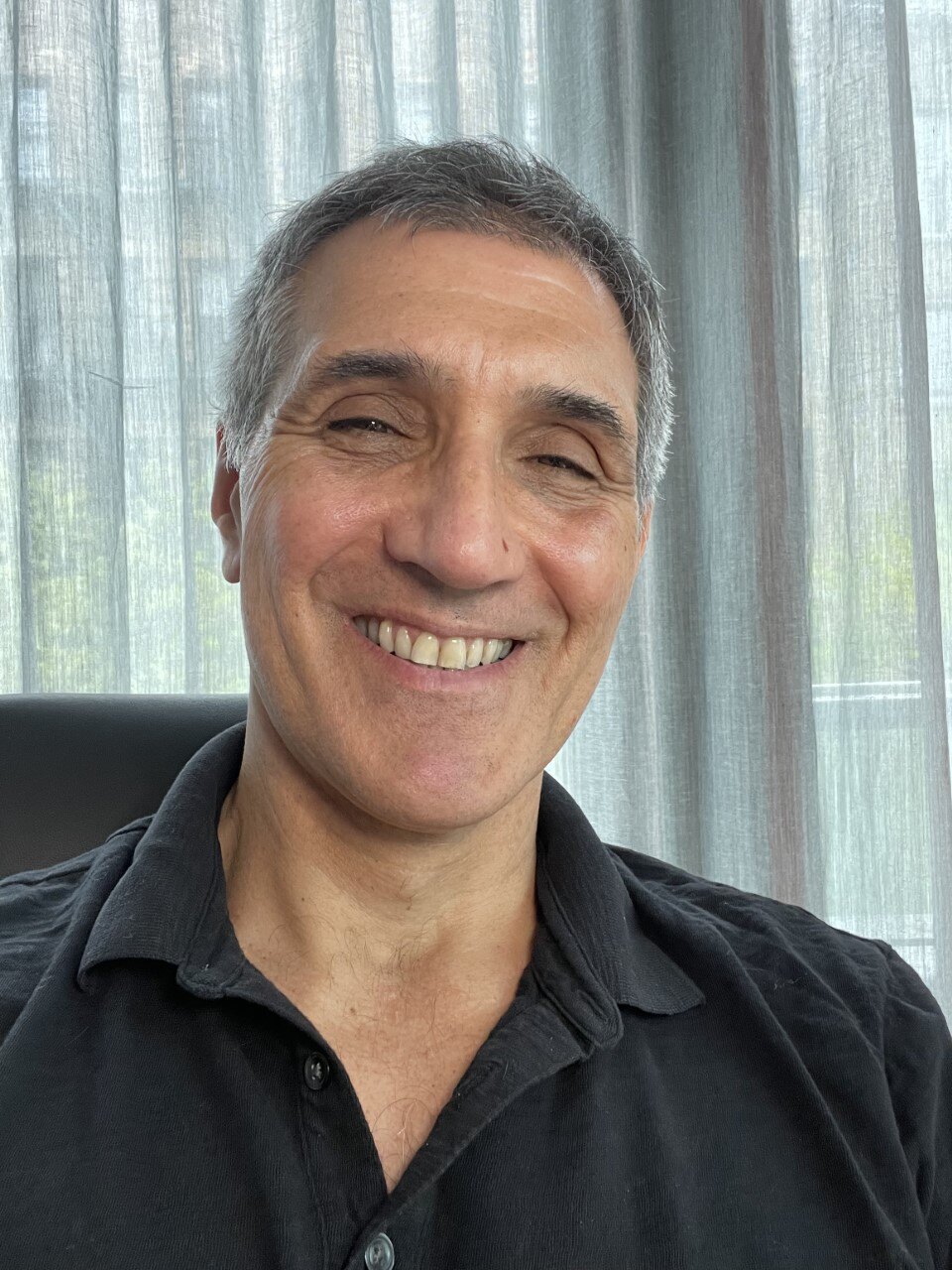
This presentation will be a reflection of the innate core need to develop a more autonomous self; the relational aspects that can support or undermine a greater sense of autonomy; The autonomy vs. attachment conflict that can exist within oneself and how this conflict can be developed.
KEYNOTE SPEAKERS / meet with greaters

SPEAKER NAME
CO FOUNDER

SPEAKER NAME
CO FOUNDER
EVENT FAQS / find your answers
- When will I receive my link?
- I have a question, who should I contact?
- What time Zone is this event on?
You will receive an email 1 day and 1 hour prior to the event day with your link to connect to the webinar.
Any questions please contact our Event Manager, Sara.
Please note below the following main contacts:
- Event Manager: Sara Cavero at sara@bk-ep.com
- Research coordinator: Ilona Krone at research.coordinator@isst-schemasociety.org
This event will be hosted in CEST zone. We have divided the event in 4 sections: morning, afternoon, early evening and late evening. You can find on the programme the estimated slots in EDT (NY time) and AEST (Sydney time).
- Morning slot: 02:00 - 06:00 hrs EDT // 17:00hrs - 21:00 hrs AEST
- Afternoon slot: 06:00 - 10:00hrs EDT // 21:00hrs - 01:00hrs AEST
- Early afternoon slot: 10:00 - 14:00 hrs EDT // 01:00hrs - 05:00 hrs AEST
- Late evening slot: 14:00 - 18:00 hrs EDT // 05:00hrs - 09:00 hrs AEST
EVENT SPEAKERS
APPLE STORE SOHO
103 PRINCE ST NEW YORK,
NY 10012, UNITED STATES
+1 212-226-3126
hello@imevent.com
103 PRINCE ST NEW YORK,
NY 10012, UNITED STATES
+1 212-226-3126
hello@imevent.com





